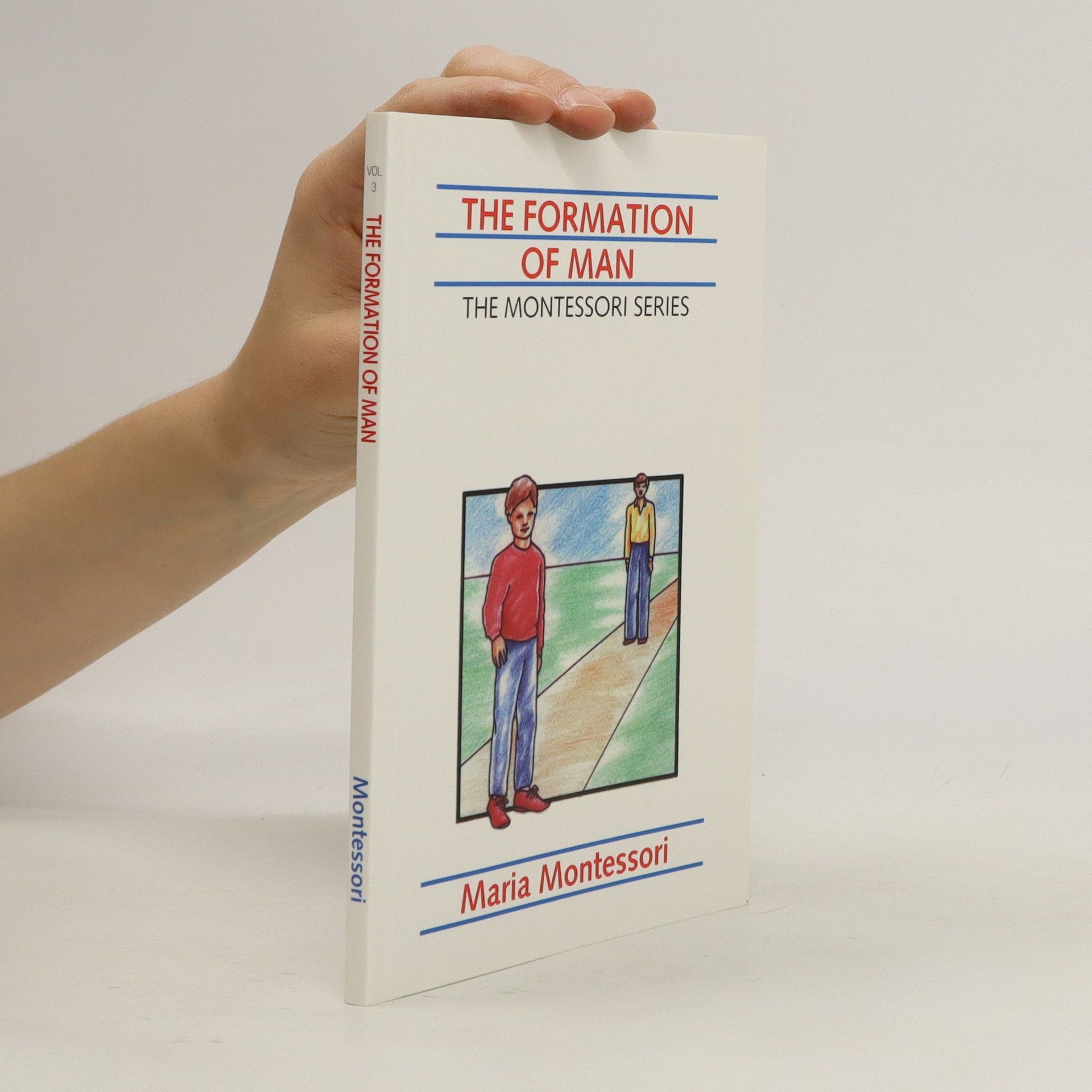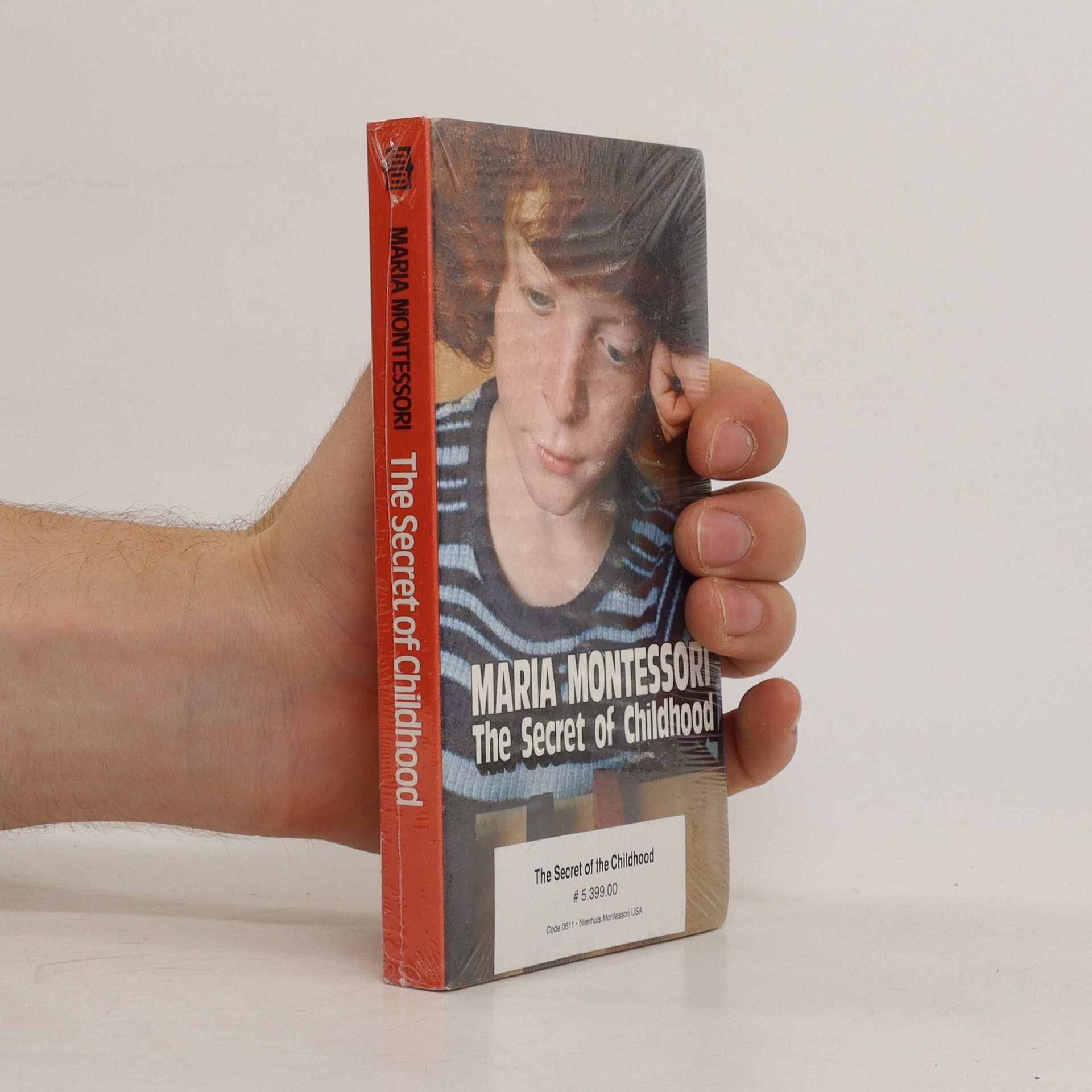Maria Montessori Boeken
Maria Montessori was een Italiaanse arts en onderwijzeres, bekend om de ontwikkeling van een wereldwijd invloedrijke methode voor kinderopvoeding. Haar filosofie richt zich op de natuurlijke ontwikkeling van kinderen en het bevorderen van hun zelfstandigheid in het leren. De Montessori-methode wordt wereldwijd nog steeds breed toegepast in scholen en legt de nadruk op een omgeving die is ingericht om de groei van kinderen te ondersteunen. Haar nalatenschap op het gebied van onderwijs blijft diepgaand en vormt hedendaagse benaderingen van kinderopvoeding.

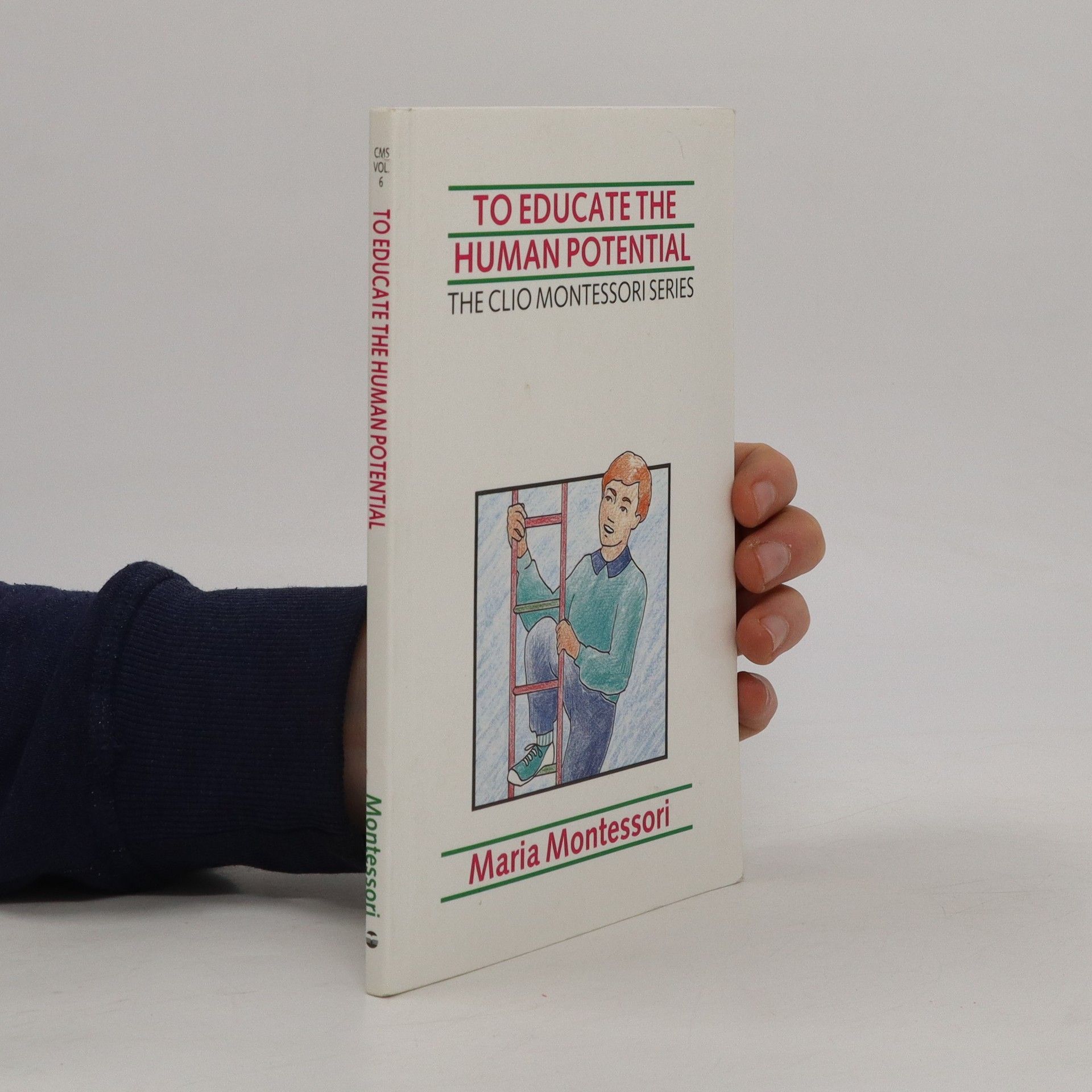

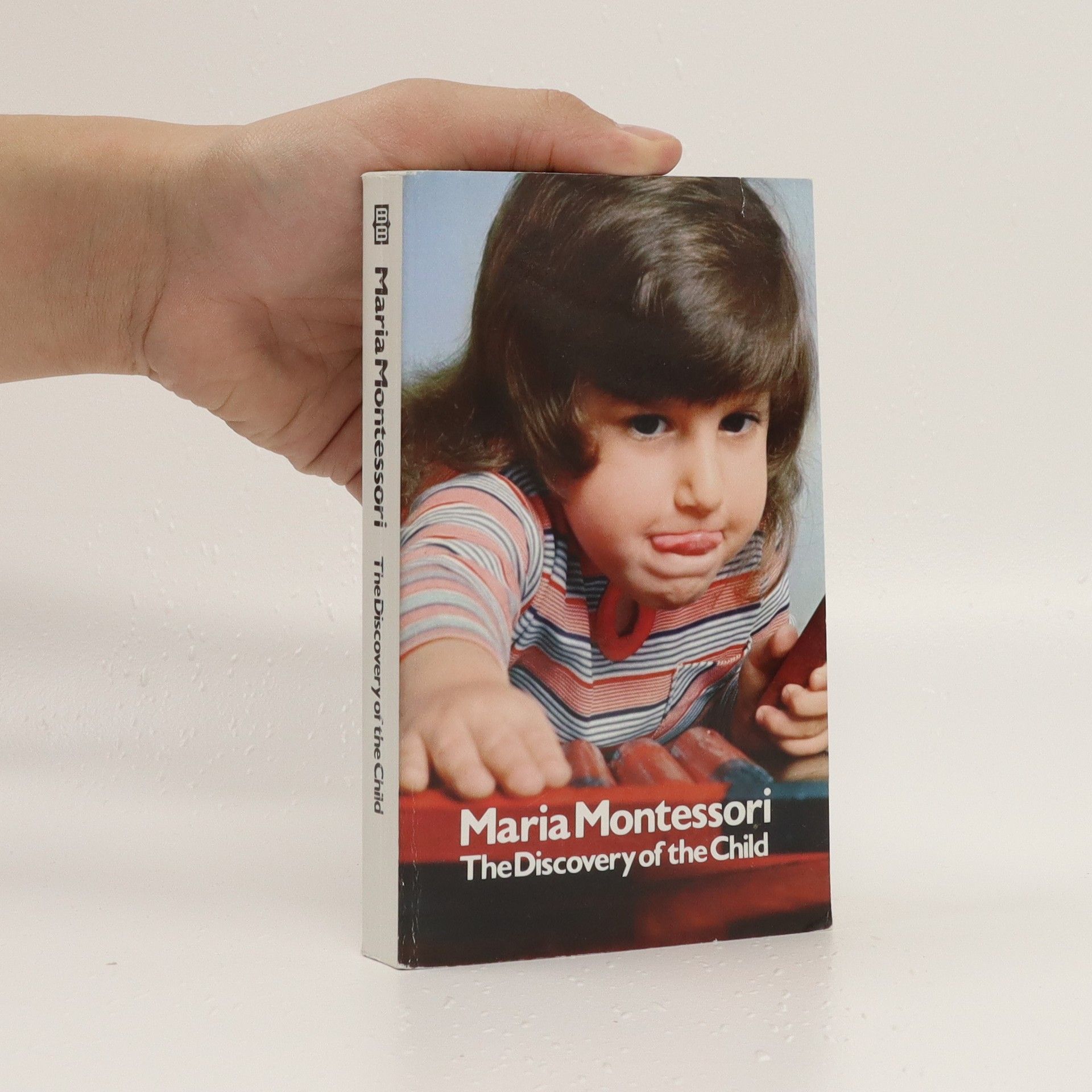
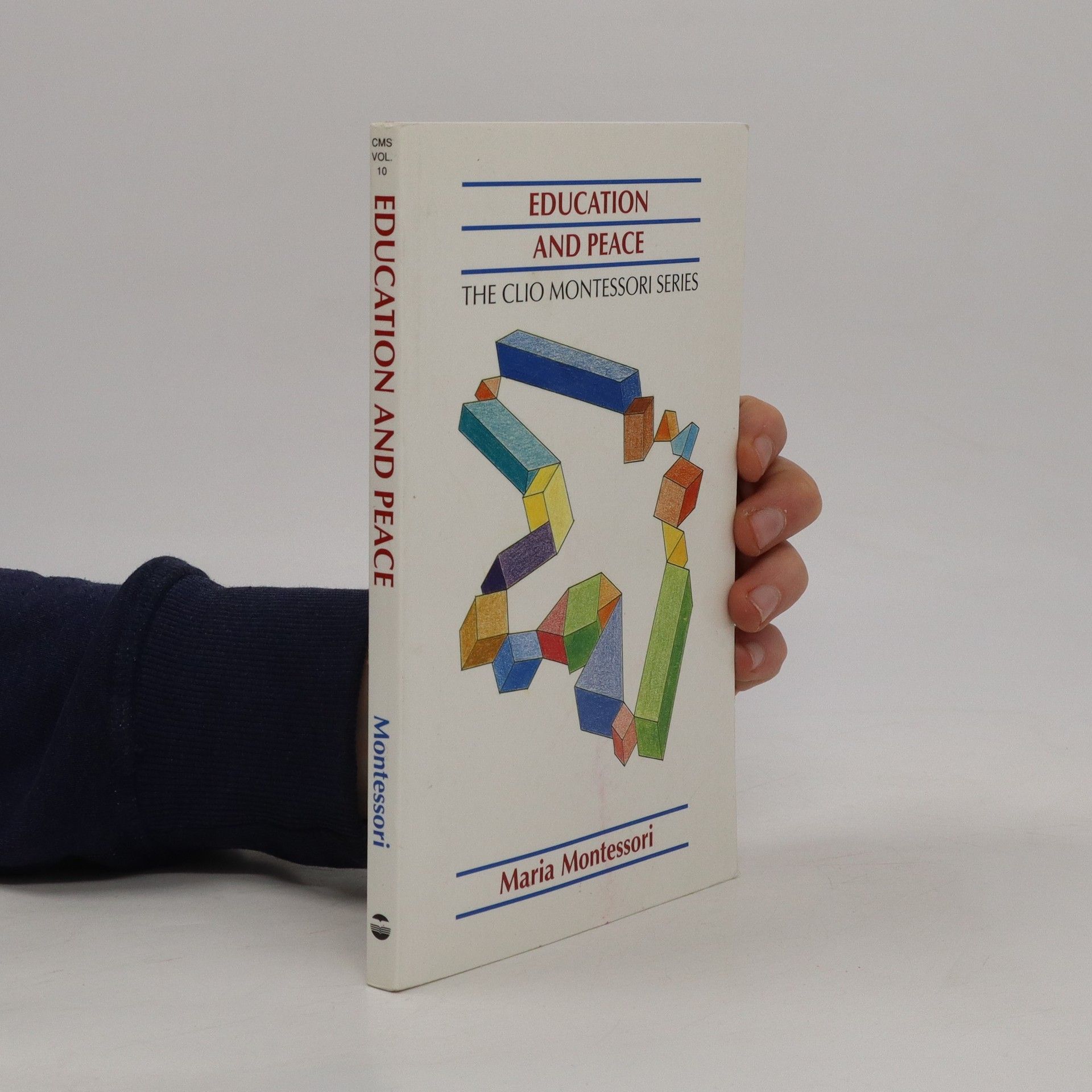

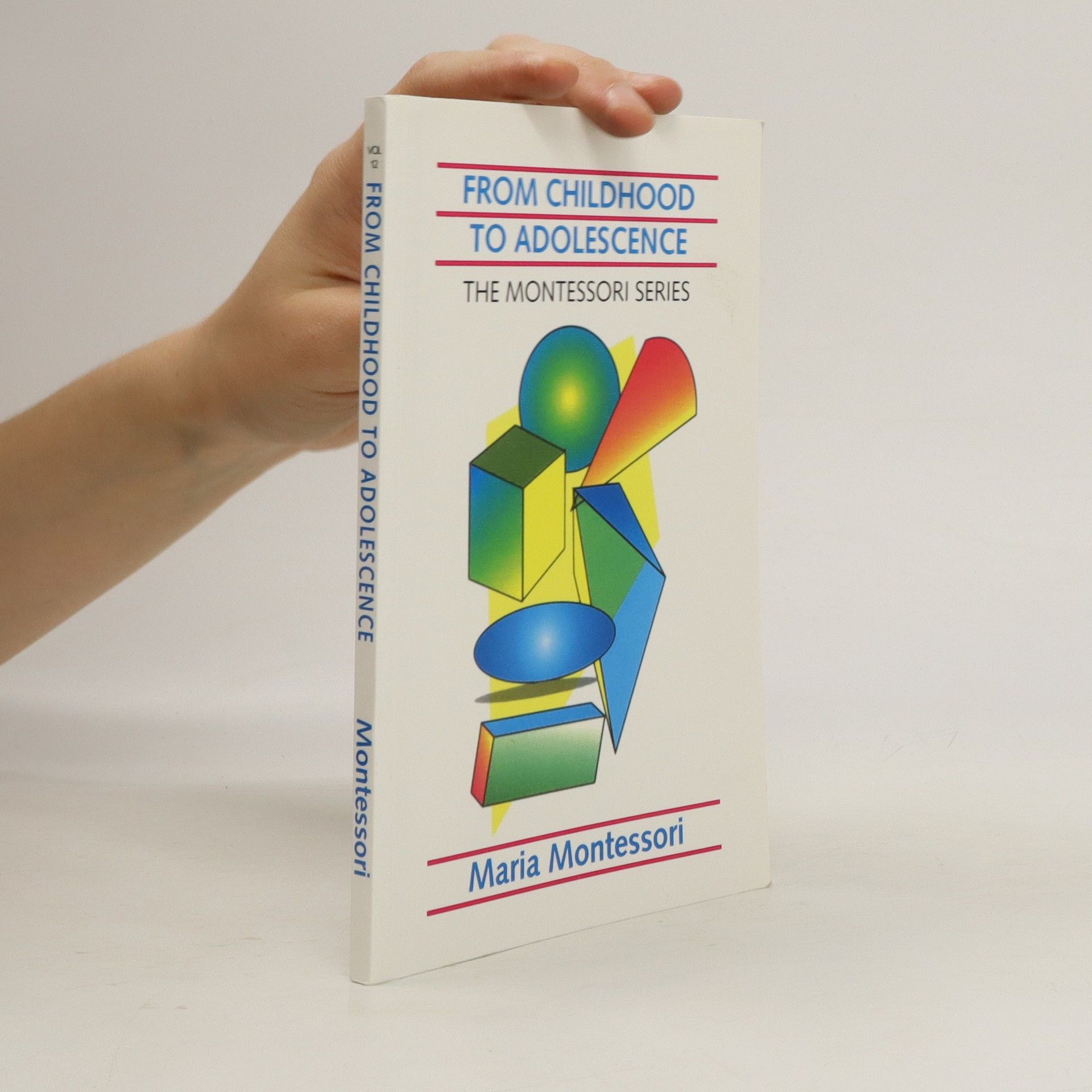
The Mass Explained to Children
- 100bladzijden
- 4 uur lezen
Focusing on the traditional Latin Mass, this book offers a child-friendly explanation of its beauty and significance. Maria Montessori guides young readers through the preparation for Mass, the setup of the altar, and the meaning of sacred vessels. She also highlights the priest's role and the symbolism of vestments. With clear language and illustrations, the book effectively follows the order of the Mass, making complex concepts accessible and engaging for children.
Education and Peace
- 112bladzijden
- 4 uur lezen
Education and Peace by Maria Montessori translated by Helen Lane. A collection of Maria's lectures as she comes to grips with the great problem of the future of humanity, in which she gives passionate expression to her insights on the subject of "Educate for Peace" between World War I and World War II.
The Discovery of the Child
- 352bladzijden
- 13 uur lezen
Maria Montessori went beyond the conventions of the day to seek a new way of knowing and loving a child. In THE DISCOVERY OF THE CHILD, she describes the nature of the child and her method of working more fully with the child's urge to learn. With 16 pages of photographs.
Spontaneous Activity In Education
- 274bladzijden
- 10 uur lezen
Focusing on child development, Maria Montessori's educational system emphasizes self-directed learning and clinical observation by teachers. Classrooms are tailored to children's maturity levels, using self-correcting materials for immediate feedback. Environments often include nature elements to enhance real-world experiences. The approach supports mixed-age classrooms to foster social interaction and development. "Spontaneous Activity in Education" explores various aspects of Montessori's philosophy, including child development, classroom setup, teacher training, and broader social issues.
To Educate the Human Potential
- 91bladzijden
- 4 uur lezen
Intended to help teachers to envisage the child's needs after the age of six, this book is based on the experiences at the Montessori schools, Dr Montessori claiming that: "the average child who has been educated at one of our schools knows as much as the student of several years' seniority".
"...Introduces the reader to the materials and techniques Dr. Montessori devised for teaching older children. In seven separate sections she applies her unique materials to the teaching of grammar, reading, arithmetic, geometry, art, music and poetic metrics. Among the materials illustrated are her designs for indicating the intervals of the musical scale, her hollow geometric solids, her bead number cubes built into a tower, and her grammar boxes. The book shows how these materials speak directly to the child's curiosity and lead her or him step by step to self-mastery of the fundamentals of elementary school learning" -- Back cover.
The formation of Man
- 106bladzijden
- 4 uur lezen
What is the Montessori Method? If we were to eliminate not only the name “Method” but also its common conception, this would become much clearer. We must consider the human personality and not a method of education. For the word “Method” we should substitute something like this: “Help given in order that the human personality may achieve its independence” or “means offered to deliver the personality from the oppression of age-old prejudices regarding education.” Vol. 3, The Clio Montessori Series, Montessori-Pierson Publishing Company In this book, Dr. Montessori urges adults towards an understanding of the laws of growth, and pleads for a reshaping of the educational system that is ironically prejudiced against the child. First printed in 1955, the book includes a chapter on world illiteracy, as it is a problem of grave magnitude, even today.
The Secret of Childhood
- 216bladzijden
- 8 uur lezen
Maria Montessori describes the child with warmth and the exactness of a scientist. She also discusses the array of materials and techniques needed to release his learning potential.
The classic book that has inspired generations of teachers to foster each child's drive to learn.

